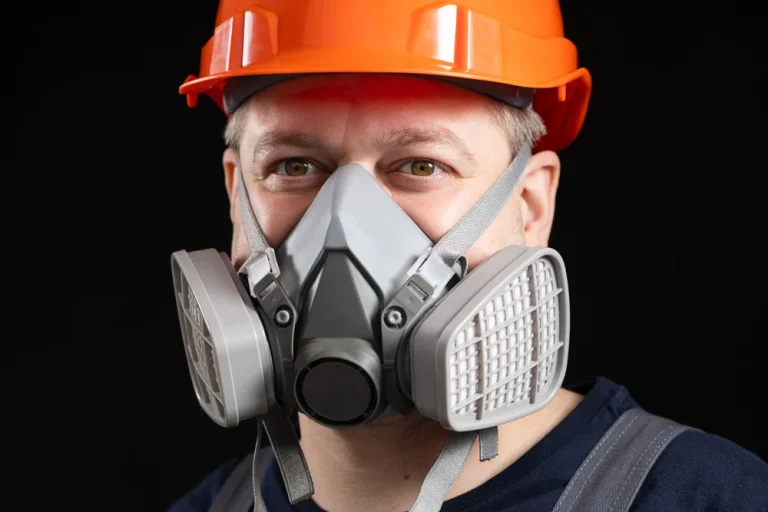First Aid Basics
 The essential rules of first aid:
The essential rules of first aid:
• Rule 1: Call 911 if needed.
− Time is important. If it is determined that emergency medical services are needed, call immediately.
• Rule 2: You must be properly trained and certified in first aid and CPR in order to assist an injured person.
− You may do more harm than good if you are not properly trained.
• Rule 3: Do not move an injured person:
− Do not try to move an injured person unless the person is in imminent danger. Improper or careless movement can increase the severity of an injury.
Types of injuries:
• Fractures: Treating broken bones is not for amateurs. Leave the victim in place until a medical professional arrives with proper supplies and equipment.
• Electrical wire contact: If a person has come into contact with a live electrical wire, a properly trained individual may try to free the person if it can be done in a safe manner.
• Chemical splash, burn, or ingestion: Different first aid steps will be required based on the chemical and the part of the body that came in contact with the chemical. Refer to the safety data sheet (SDS) on file for required first aid procedures.
• Minor injuries, such as burns, nicks, cuts, and scratches:
− These are the most common injuries you will encounter.
− Treating minor injuries right away is better than dealing with them after they have gotten worse.
− If a chemical is not involved in the injury, clean the wound with soapy water for three minutes, and cover it with a bandage.
− If the injury involves contact with another person’s bodily fluid, including blood, saliva, or open wound, follow the post-exposure steps in your bloodborne pathogen exposure control plan.
Follow additional workplace guidelines:
• Report all incidents to the supervisor immediately.
• If you do not know how to handle a situation:
− Activate the Emergency Action Plan.
− Call 911.
− Get help immediately.







